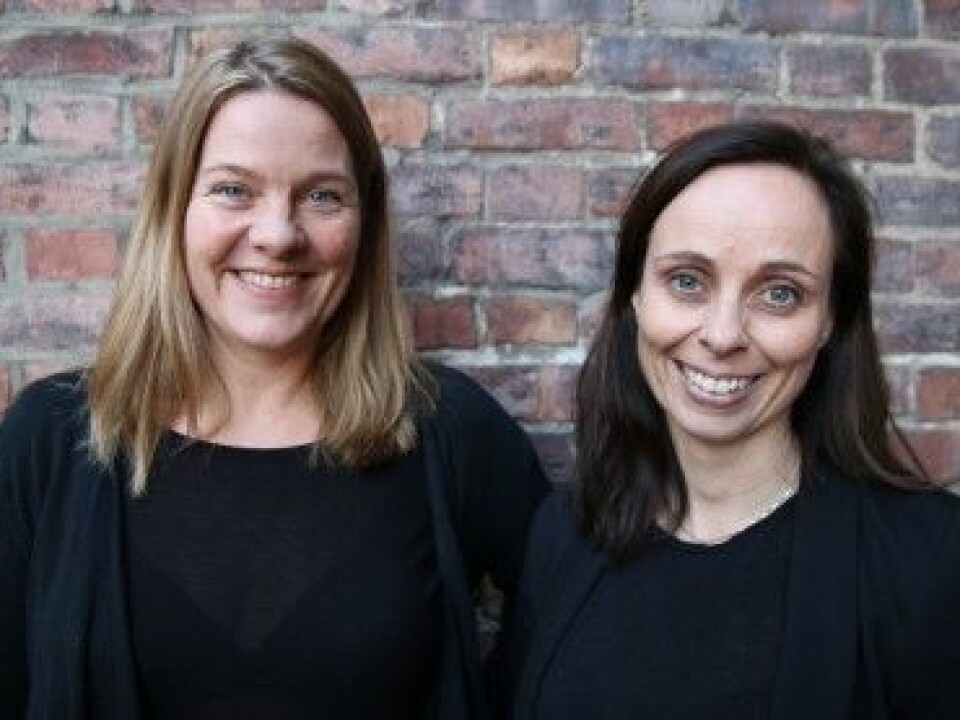
Immigrant women fall out of the labour market
A part-time job does not necessarily mean long-term success for integration into working life. Many immigrant women fall out of the labour market after being employed for a while.

This article was originally published on Kilden - Information and news about gender research in Norway. Read the original article.
Of the Norwegian women who worked part-time in 2009, 16 percent were unemployed in 2012. Among women from Somalia and Iraq, the corresponding figure was 40 percent.
“There are large variations between country groups, but the movement out of working life is much greater for immigrant women than for Norwegian women,” says Hanne Cecilie Kavli, Senior Researcher at Fafo.

Together with her research colleague Heidi Nicolaisen, Kavli has explored how the working life of Norwegian and immigrant women changed from 2009 to 2012. The goal was to find out whether part-time employment provides a stable, long-term connection to working life.
The researchers analysed data from immigrant women from Iran, Iraq, Pakistan, Somalia and Vietnam, and compared their situation to that of Norwegian women. For Norwegian women, part-time employment is usually a choice.
Good and bad part-time work
“Norwegian part-time employment is rather stable. About 60 percent of the Norwegian women we studied who worked part-time in 2009 were also in part-time jobs three years later,” says Kavli.
According to researchers, “voluntary” part-time employment has long been the most common type of part-time work among women in Norway. Almost 80 percent of women who work part-time choose to do so voluntarily. In this type of part-time situation, the position percentage is relatively high and the working conditions are just as good as for full-time employees. The connection to working life is also stable. For the immigrant women, the situation is different.
“The stable part-time connection is much weaker in all the immigrant groups we’ve looked at than it is among Norwegian women. It is especially weak among the new groups of refugees – Iraqis and Somalis.”
While almost 60 percent of the Norwegian women had stable part-time jobs, this figure was 36 and 33 percent for Somali and Iraqi women, respectively. Through in-depth interviews with 49 women, the researchers also found that there was a major difference in the quality of the part-time work, including among the women who had stable part-time positions.
“One of the women has an 18 percent position and wants to work full-time, but she doesn’t get to. She’s the mother of small children and has chased down extra shifts for 4.5 years. She can’t get a mortgage and can’t plan her family life. To improve her chances in the labour market, she has gone to school to become a skilled health care worker. But this hasn’t helped her, and she is losing hope,” says Nicolaisen.
She calls this type of work “bad part-time”, a type of part-time job that is short term, involuntary, and gives flexibility on the employer’s terms. Nicolaisen notes that regulations have been introduced to improve the situation, but they don’t always have the intended effect.
“For example, there’s a regulation which states that you have a right to get a higher position percentage that corresponds to the amount of extra shifts you’ve worked. But many of the women we interviewed say that the only way they can increase their position is to take the inconvenient shifts – nights, weekends and holidays. Often they can’t do this because of their family situation. Some are even single mothers. In this case, it’s not a springboard to a larger position.”
Stricter requirements in Norwegian working life
Regarding the transition from part-time to full-time employment, the researchers found that immigrant women had greater mobility than the Norwegian women, even when education, family situation and branch of industry were taken into account. Immigrant women from Iran, Iraq, Somalia and Vietnam were all more likely to go from part-time to full-time work during the same period than Norwegian women. However, this is not a main finding of the study.
“There is some mobility from part-time to full-time, but for many more women the path goes not only from part-time, but also from full-time and out of working life,” says Kavli.
She points out that many questions still need to be answered – for example, which changes are the result of the women’s own wishes and which are due to a lack of opportunities. Many of the immigrant women interviewed for the study mentioned challenges related to increasingly stricter requirements for Norwegian language skills and documented competency. Employers have also been interviewed for the project, and they confirm this trend.
“We are seeing a demand for higher qualifications in Norwegian working life. Stricter job requirements can actually close doors that used to be open for unskilled workers,” says Kavli.
Call for more nuanced measures
The researchers believe the results show a need for a broader approach to integration.
“When we measure the success of integration efforts, we usually only look at whether or not people have found paid work. A 10 percent part-time position is regarded as a success. But if you fall out of the labour market again, or go in and out of mediocre contracts, it’s doubtful that this can be seen as a success from an integration standpoint,” says Nicolaisen.
To make progress on integration, Kavli believes it’s necessary to distinguish between measures that place people in short-term, temporary positions and measures that provide more long-term, stable connections to Norwegian working life. She is also calling for more nuanced measures, since the needs vary enormously.
“Some come with education and experience. They need a qualifying period to gain entry into Norwegian working life. But those who come without basic education need more extensive measures to gain long-term access.”
Translated by: Connie Stultz

































